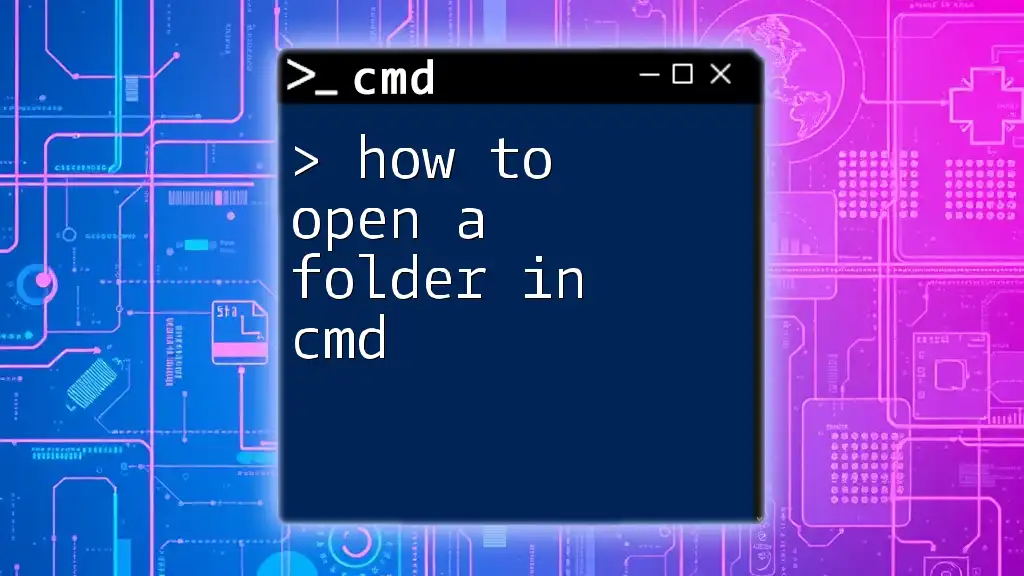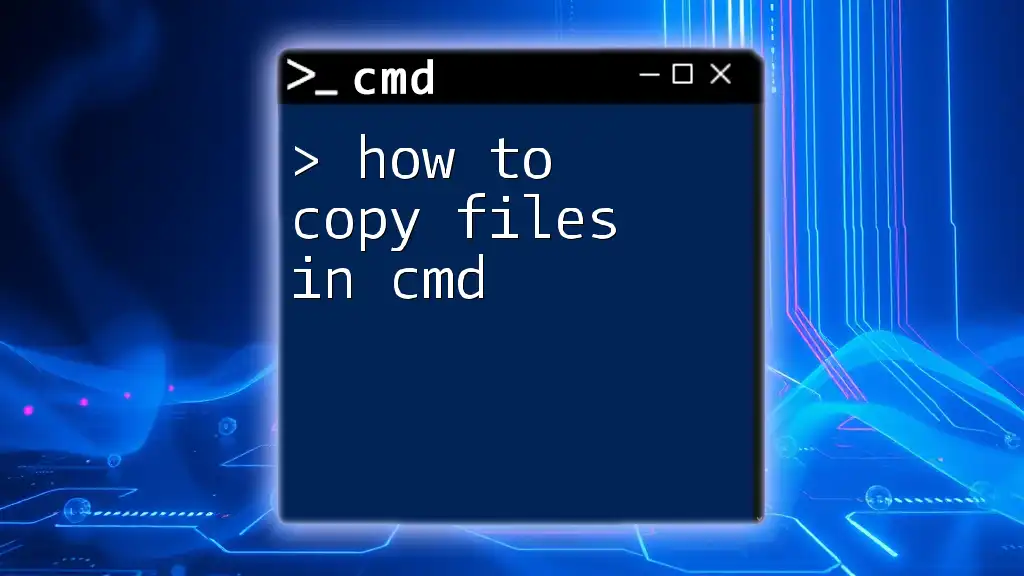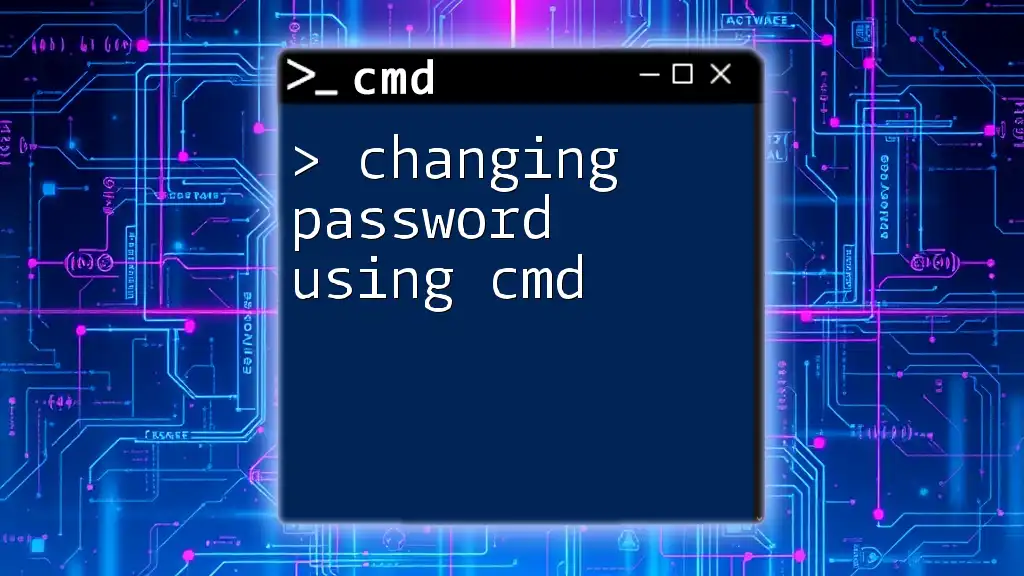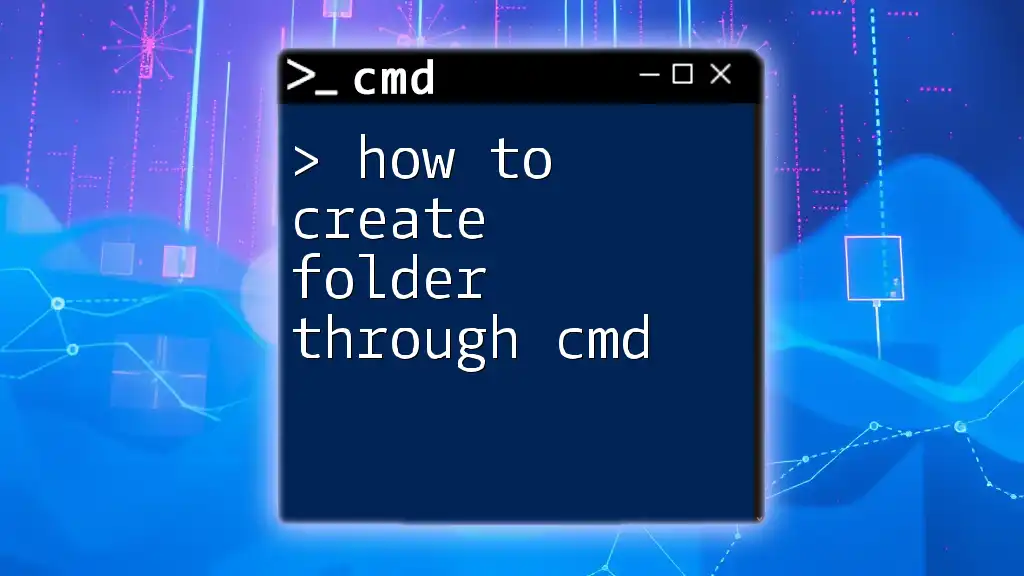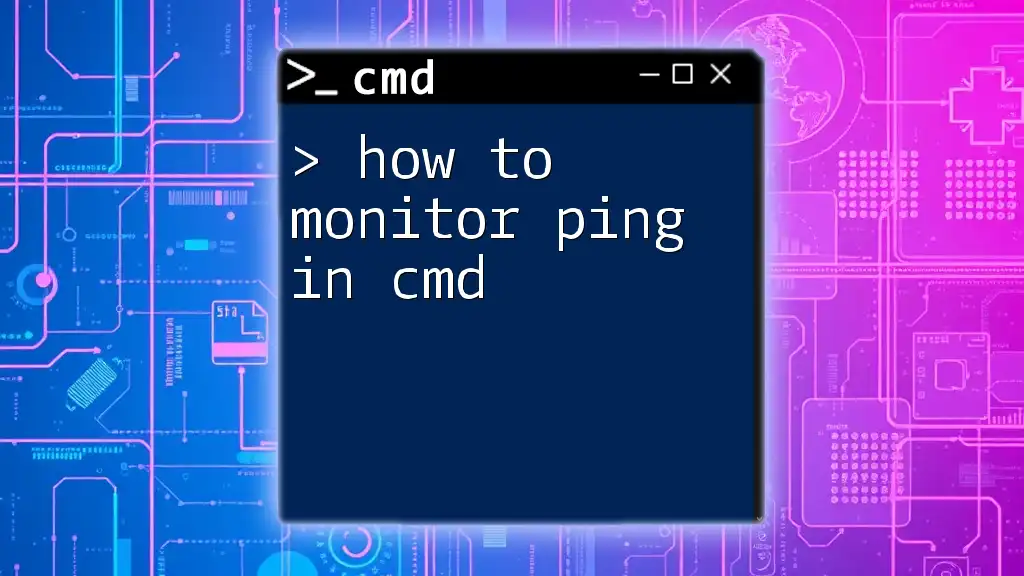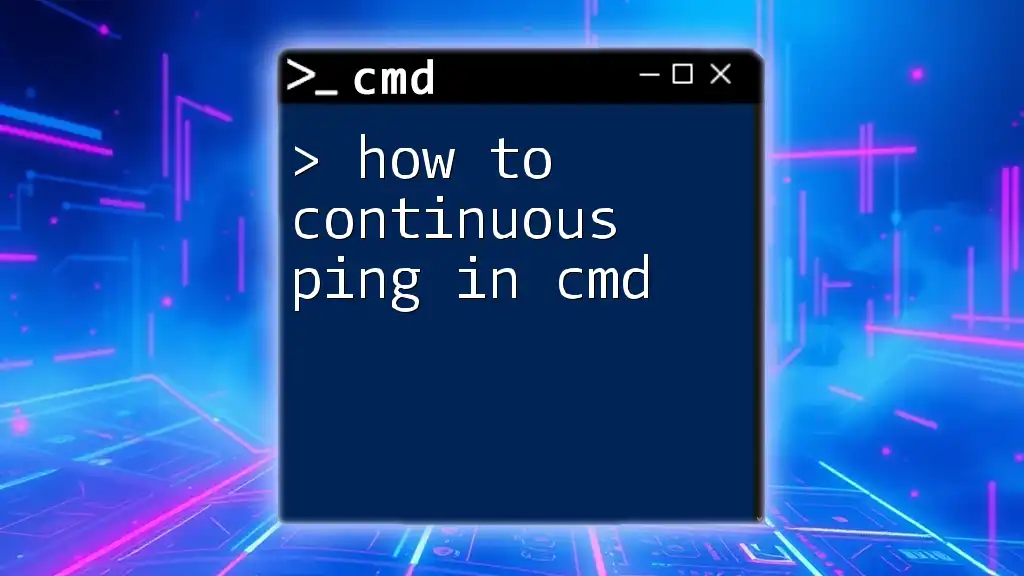To navigate to a specific folder using the `cd` command in the Command Prompt, simply type `cd` followed by the path of the folder you wish to access.
cd C:\Path\To\Your\Folder
Understanding the CD Command
What is the CD Command?
The CD (Change Directory) command is a fundamental command used in Command Prompt (CMD) that allows users to navigate between different directories within their file system. This command is crucial for organizing files effectively and running scripts or applications from specific locations. Understanding how to use the CD command is essential for both beginners and advanced users looking to maximize their efficiency in CMD.
Importance of Changing Directories
Switching directories enables users to access their files and programs relevant to their work environment. Whether you’re organizing project files, managing application directories, or simply moving around your system, the ability to change directories efficiently is vital. For example, if you need to run a Python script located in a specific folder, navigating to that folder using the CD command becomes necessary.
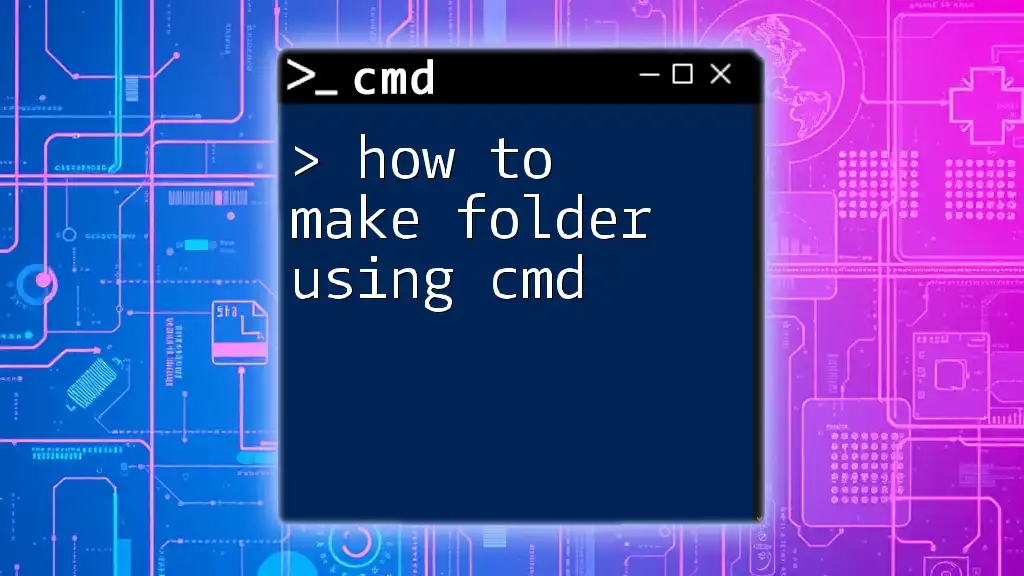
How to Change the CMD Directory
Basic Syntax of the CD Command
The basic syntax for the CD command is simple and straightforward. To change the current directory, you use:
cd [directory_path]
This command can be used to specify the full path to the directory you wish to access.
Examples of Common CD Commands
-
Navigating to a Specific Folder: If you want to go to your Documents folder, you would enter:
cd C:\Users\YourUsername\Documents -
Going Back to the Parent Directory: To move back one level in the directory hierarchy, you can use `..`:
cd ..
This command effectively brings you back to the parent folder of your current working directory.
Navigating to the Root Directory
If you need to return to the root of the current drive, simply use:
cd \
This command resets your position to the top-level directory of the active drive.
Changing Directories Across Drives
To switch to a directory on a different drive, you simply enter the drive letter followed by a colon. For instance, to switch to drive D, you would type:
D:
Note that this simply changes the drive context but does not automatically navigate to a specific folder within it unless specified.
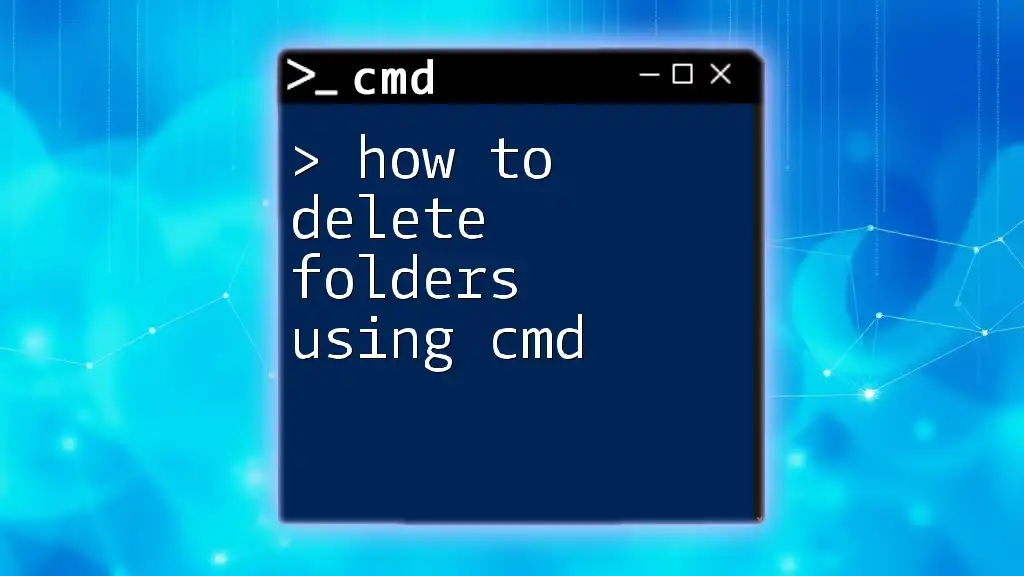
Using the CD Command with Path Shortcuts
Using Quoted Paths
When directory names contain spaces, it’s necessary to place the path in quotes. This prevents the command-line interface from interpreting spaces as separators between arguments. For example:
cd "C:\Program Files\My Application"
Relative vs Absolute Paths
Understanding the difference between relative and absolute paths is essential for effective navigation in CMD.
-
Absolute Path: This specifies the full path from the root directory to your target folder. For example:
cd C:\Users\YourUsername\Downloads -
Relative Path: This is based on the current directory and does not require defining the full path. For instance, to navigate from your current directory back to the Desktop, you can use:
cd ..\Desktop
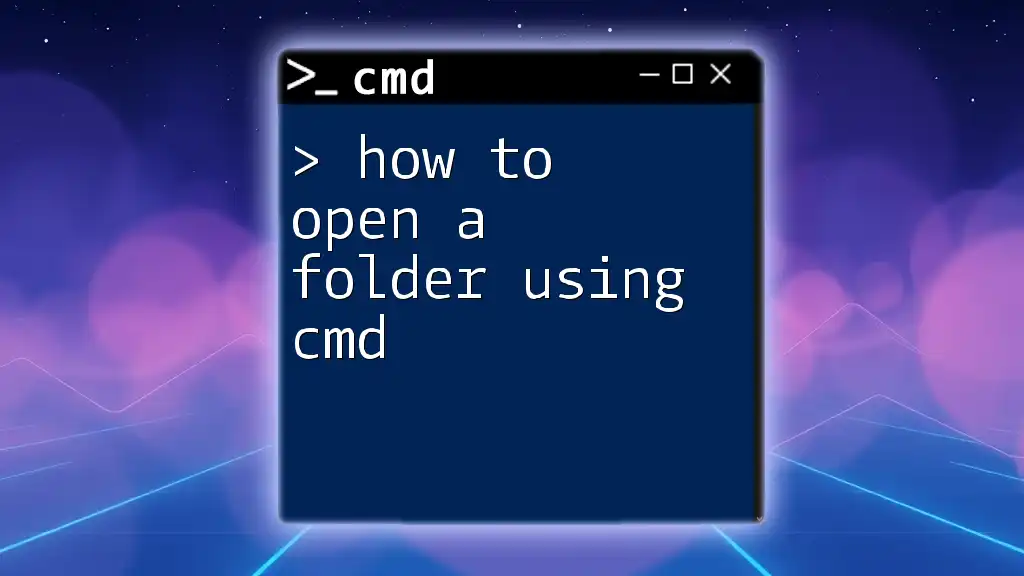
Common CD Command Errors and Troubleshooting
Errors when Changing Directories
When using the CD command, you may encounter errors like:
-
"The system cannot find the path specified": This error indicates that the directory you are trying to access does not exist. Double-check the path for typos or ensure that you are pointing to the correct directory.
-
"Access is denied": This usually means that you do not have the necessary permissions to access that directory. Ensure you have the appropriate rights or try running CMD as an administrator.
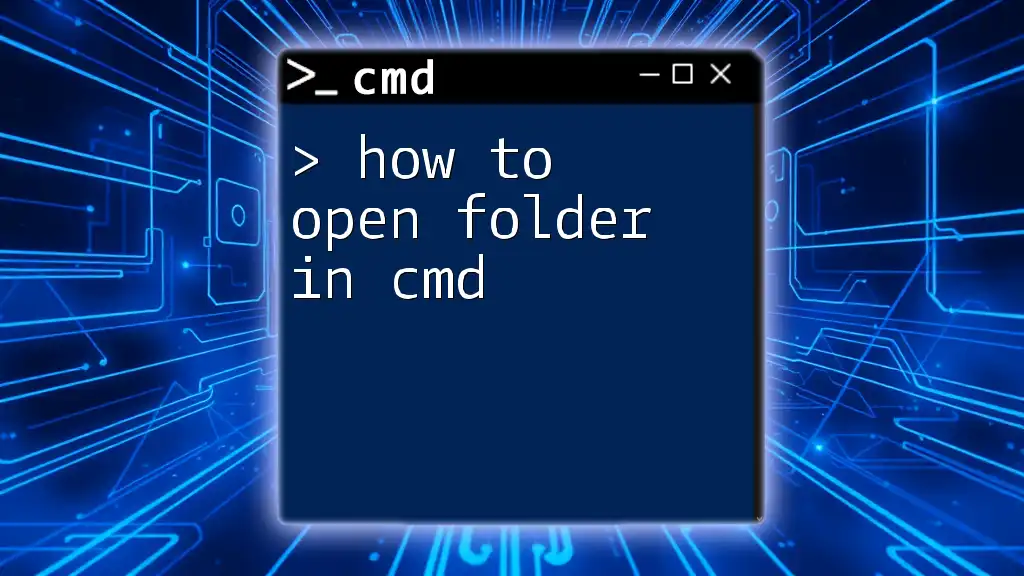
Tips for Efficient Directory Navigation
Using Tab Completion
To save time while typing long directory paths, you can utilize the tab completion feature in CMD. Start typing the first few letters of a folder name, then press the Tab key. CMD will automatically complete the name for you or cycle through available options if there are multiple matches.
Creating Batch Files for Frequent Paths
If you find yourself frequently navigating to the same directory, consider creating a simple batch file to streamline the process. Here’s how you can do it:
-
Open a text editor and enter your command:
@echo off cd C:\YourFrequentFolder -
Save the file with the `.bat` extension. Now, double-clicking this batch file will execute the command, taking you straight to your specified directory.
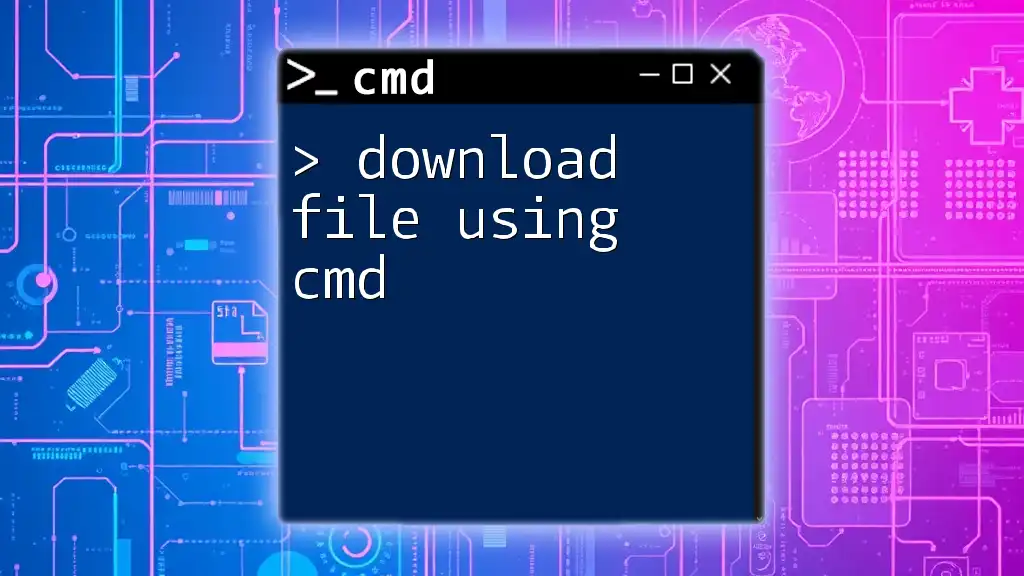
Conclusion
The CD command is an invaluable tool for navigating the Windows file system through the Command Prompt. By mastering this command, users can enhance their productivity and manage files more effectively. Practice using the CD command, experiment with both relative and absolute paths, and you’ll soon become proficient in navigating your directories efficiently. Don’t hesitate to explore additional resources and exercises to strengthen your CMD skills further.








